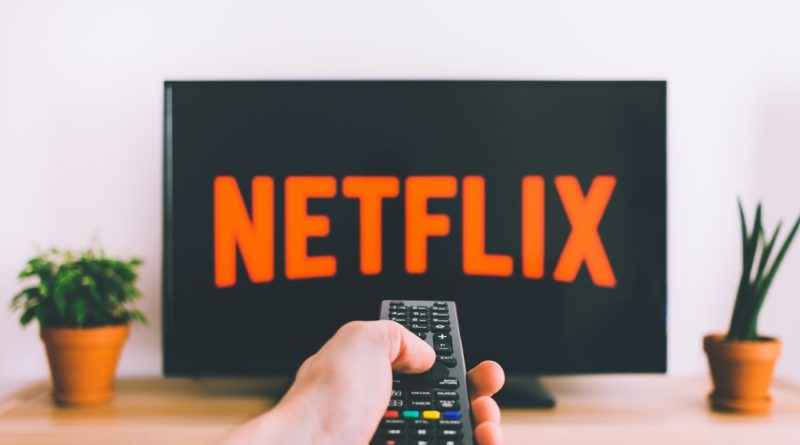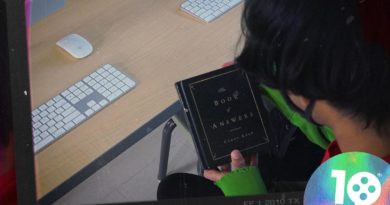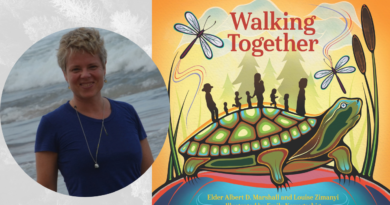Binge-watching? Why you need to practise “mental distancing”

In a world brought to a screeching, open-ended halt by COVID-19, it’s a good thing that our streaming options abound. Most of us have easy access to one or more of Netflix, Crave, Amazon Prime, Disney+ and Apple TV+. Since the advent of social distancing, our son has been binge-streaming Brooklyn Nine-Nine . . . for the second time. One of our daughters is deep into Avatar:The Last Airbender. My wife and I have powered through thriller novelist Harlan Coben’sThe Stranger and The Five, Amazon’s Carnival Row and season 2 of Fear the Walking Dead.
This isn’t new behaviour for early cord-cutters like us. We became a Netflix-only family about 7 years ago, recently added Amazon Prime, and have dabbled with free 3-month promos of Crave. These services provide more interesting content than we could ever watch . . . and that volume grows monthly. But for a while now, something’s been nagging at me as we annually binge-watch new seasons of shows like Better Call Saul and Homeland, or Netflix originals like Umbrella Academy and Orange is the New Black. That little voice is more audible than ever in our current COVID-19- isolation. What it tells me is contradictory: it says we are indisputably in the era of “apex television”, but despite the unprecedented diversity and quality of the content, our viewing experience is poorer.
Let me break this down. When those of us older than 30 were younger, we didn’t “consume content” in the form of whole seasons of shows. We watched a show once a week through “appointment viewing”, or by taping it on our VHS player and watching it the next day. This was how my family plugged into major prime time soap operas like Dallas (Friday at 9 pm) or Dynasty (Wednesday at 9 pm); comedies like Cheers (Thursday 9 pm) or Family Ties (Thursday 8:30 pm), or sci-fi like Star Trek: The Next Generation (whose timeslot varied by market).
This pattern created a rhythm, centered around the weeklong gap between episodes.The gap was like the pregnant pauses between the action in a baseball game, where your eyes dart around the field and your mind computes possibilities. Will the runner try to steal? Is the hit-and-run on? Will the pitcher throw a curveball or fastball? The days between episodes were time for sub-conscious rumination on the satisfying – and the mystifying – elements of the prior week’s episode. They were time for speculating where the plot might go next week. This was also an interval when you could verbalize your thoughts and hear those of others around the dinner table or the workplace water cooler. Of course, this dynamic hasn’t vanished entirely. When shows become major cultural phenomena like Game of Thrones, this weekly rhythm still holds, and gets elevated to steroidal levels by social media and spoiler culture. But shows with mass shared watching schedules are the exception, not the rule. By and large, we watch alone, on a personalized schedule. And we consume in bulk.
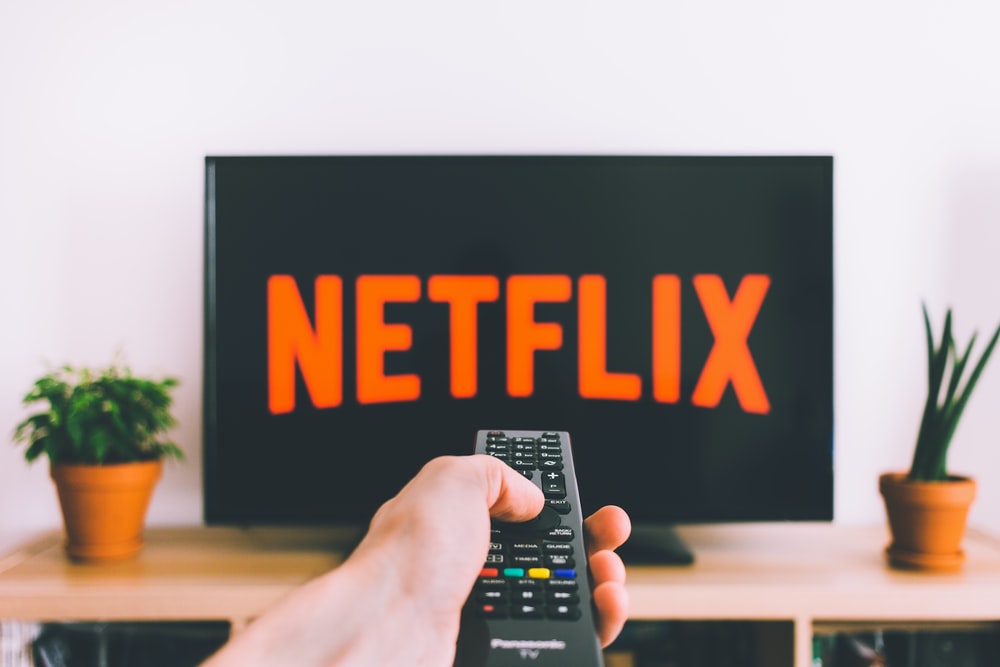
In the past, we might watch a dozen or even two dozen shows simultaneously over the course of a television season. There was ample time to ponder and predict, and for our real- world experiences to intersect our ruminations and speculations, and for the shows to lodge in our longer-term memory, as a result. In my experience, this is how meaning is created: through experience that unfolds in time, with the aid of some groove of reconsideration. But today, when entire seasons of shows drop at one moment, we binge. And in the world of COVID-19, we binge at an even faster rate. Unless sleep, hunger or waste management call, we have no need to pause. This means we also have no space to ruminate or speculate. One episode ends, and Netflix’ red circle starts to spin . . . then we plunge immediately into the next episode.
Marvels of self-control, my wife and I sometimes watch a 10-episode season in 10 consecutive nights. We’ll consume one episode per night, along with a favorite comedy like 30 Rock or The Office tacked on as a chaser. But the effect is similar: our experience of even the most sprawling episodic television reduces to a “one-and-done.” Plunging from one episode’s plot twists into the next episode – and then the next episode, and then the next -is like racing down a ski slope at breakneck speed. It’s exhilarating. But it’s also empty because it removes almost all of your mental input. You reach the bottom of that hill, and . . . what? Jump back on the chair lift, head to the top, and race down another episode. And when you run out of episodes . . . what? You find a new show-mountain, and race down a season of it.
So here’s a serious question: how much do you actually remember about any of these shows? How much of the prior season can you recall by the time the current season drops? If you’re like me, the answer is, “Not much.” After consuming a show so quickly, you’re left with a general sense of how much you enjoyed it. But the details are gone. There’s no groove of memory – just vague impressions. Perhaps the hazy recall of a key moment or scene. Maybe a generalized desire to see more. But after a few more trips to the top of streaming mountain, even these few shallow impressions erode and are overwritten.
As an example, I really loved Breaking Bad. So I was eager to see El Camino, the 2019 movie sequel. But I had binge-watched Breaking Bad on Netflix over a few short weeks a year before. And when I started watching the movie, I realized just how little I retained of the original show. I couldn’t remember certain characters who appeared in the movie. I could tell that certain beats were echoing key moments from the show’s five seasons, but these flew right over my head. I had known while I watched Breaking Bad that this intricately plotted, long-form Shakespearian tragedy was something rare and fine. It’s too bad that I guzzled it like cheap soda. It erased the long-term mental stimulation and ruined my enjoyment of this unexpected coda.
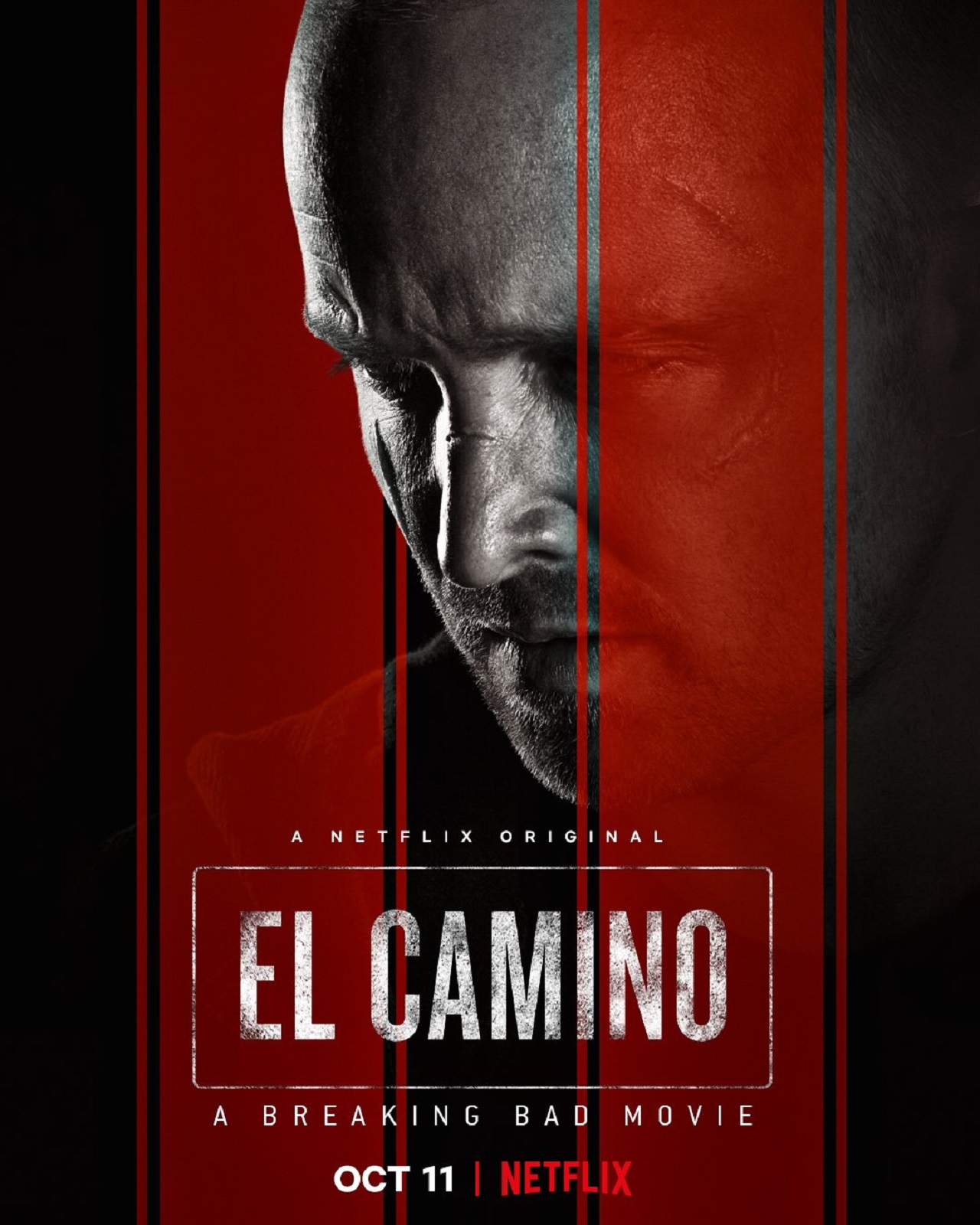
In this age of streaming, we have indisputably gained in both diversity of content and control over our viewing experience. However, we’ve lost the shared experience and time-release that cause retention and create meaning. But here’s an idea . . . could our social isolation during the current pandemic be an opportunity to reverse some of that? Shared viewing has a new appeal: either with family at home, or with distanced friends, through a feature like Netflix Party. And is there ever going to be a better time to try kicking it old school by spacing out your consumption of individual programs, to allow them to enter your longer-term memory? To whet your appetite, I finished watching season one of Picard two weeks ago (just me . .. my wife is not a Star Trek fan). I watched one episode per week as the show came out . . . and it was glorious. I enjoyed it deeply. I’ve thought about it repeatedly over the last twelve weeks, thanks to its rich themes, great acting, and engrossing plot.
The pandemic’s not going to be over tomorrow, next week or even next month. So streaming is likely to continue to play an outsized role in your entertainment mix. So think about slowing it down … try watching 5 or 10 shows at the same time, and space out the way you consume them.
Practise mental distancing – I’ll wager that your enjoyment and satisfaction increase enormously.
© Scott Sneddon, SesayArts Magazine, 2020
About The Author
Scott Sneddon
Scott Sneddon is Senior Editor on SesayArts Magazine, where he is also a critic and contributor.
Visit About Us > Meet the Team to read Scott’s full bio …

